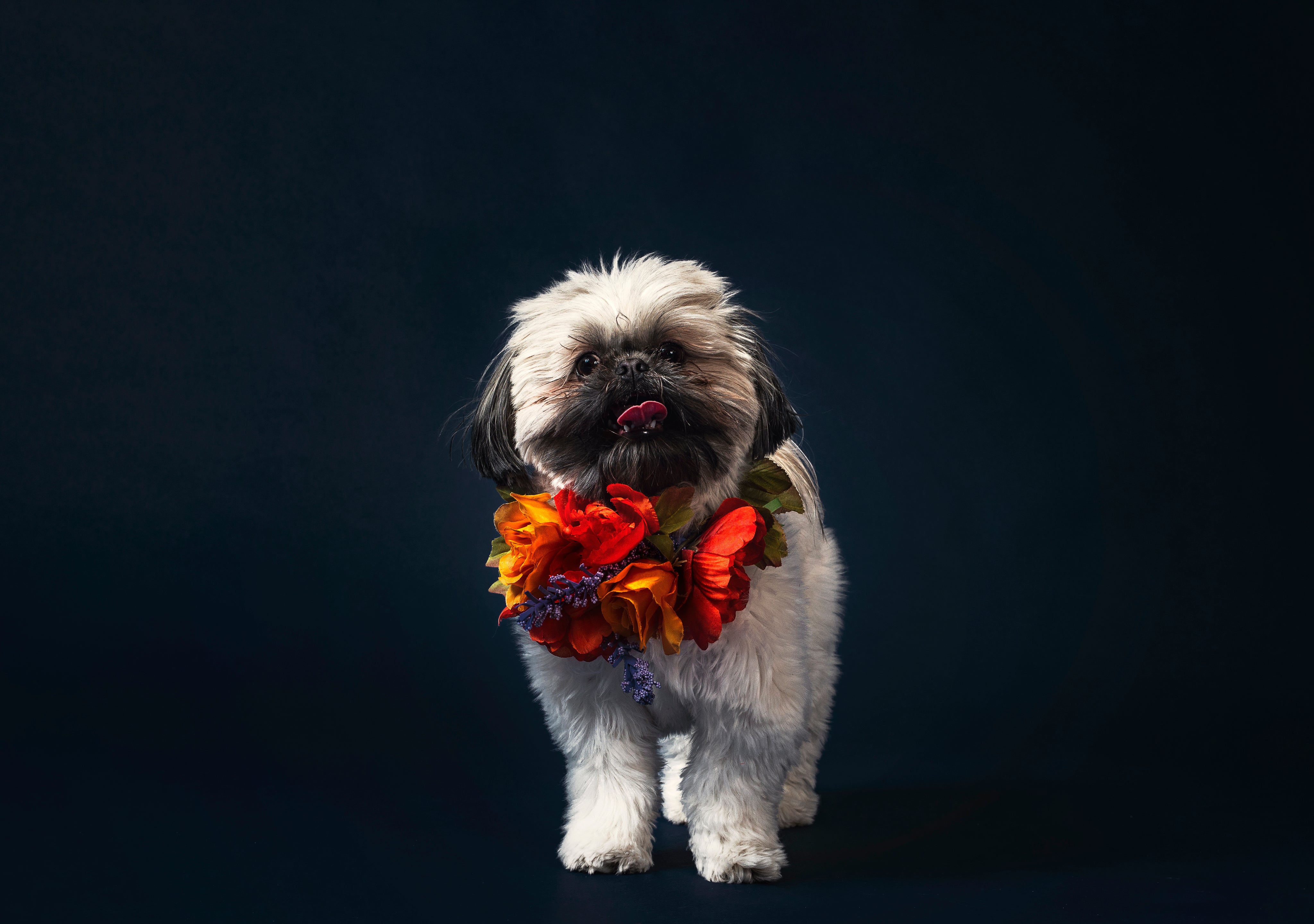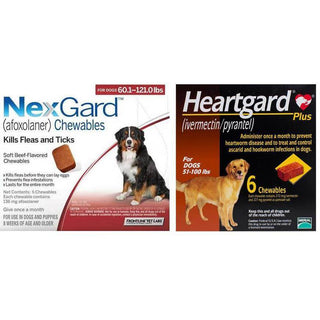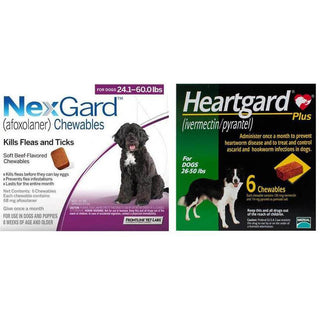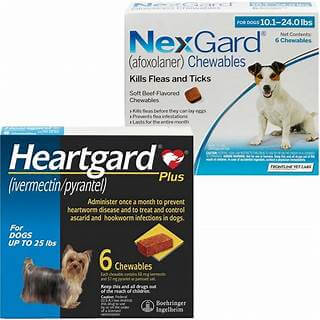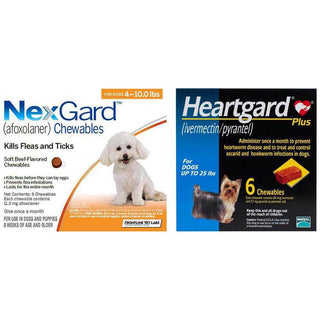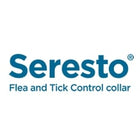
Are you concerned about your feline friend's hydration? Certain illnesses can underscore the significance of ensuring your cat consumes adequate water. Discover effective strategies for increasing your cat's water intake.
Reasons Why Drinking Water For Cats Is Important
A cat's body composition comprises approximately 60% to 70% water, highlighting hydration's critical role in overall well-being and survival.
Water is indispensable for many bodily functions in cats, encompassing organ performance, temperature regulation, joint lubrication, nutrient transport and absorption, circulation, detoxification, and digestion. When felines lack sufficient hydration, their body's ability to execute these essential functions is compromised.
It's imperative to regularly monitor your cat's water intake to ensure proper hydration. Dehydration, which occurs when a cat expends or loses more fluids than they consume, disrupts the delicate balance of water and electrolytes within the body. This condition can manifest rapidly, giving rise to various medical issues such as feline lower urinary tract disease, compromised skin health, and more.
Furthermore, cats afflicted with specific medical conditions like chronic kidney disease, diabetes, vomiting, and diarrhea are at a heightened risk of dehydration and subsequent health complications.
How To Get Your Cat To Drink More Water
The amount of water your feline companion should ideally consume varies based on many factors, including their size, overall health, age, dietary choices, and level of physical activity. A general guideline suggests that cats require approximately 4 ounces of water for every five pounds of lean body weight daily. Therefore, an average 10-pound cat should aim to ingest about one cup of water per day2. Employing one or more of the following strategies may assist in boosting your cat's water intake, ensuring they remain adequately hydrated.
Selecting the Perfect Cat Bowl
Discovering the ideal bowl for your feline friend might involve trial and error, as preferences can vary. It's advisable to explore different bowl materials like glass, ceramic, or stainless steel to see what your cat prefers. A word of caution: steer clear of plastic bowls, which can harbor harmful bacteria within scratches or imperfections, potentially leading to digestive troubles or cat chin acne.
Cats tend to favor shallow bowls that allow them to sip comfortably without immersing their entire head. Opting for wider bowls is a smart choice, as it prevents their whiskers from brushing against the edges and reduces the likelihood of the bowl being accidentally tipped over.
Selecting the Ideal Spots
Strategically positioning water bowls in your home can significantly impact your cat's hydration routine. Consider placing multiple bowls in various areas to ensure accessibility. Seek tranquil locations where your cat can enjoy a peaceful drink without disturbance.
Steer clear of situating bowls near frequently used doors or high-traffic zones, and ensure your cat has multiple pathways to approach and depart from the water source. Cats prefer to keep their water (or food) bowls separate from their litter boxes, so avoid placing them nearby. This separation helps maintain their comfort and cleanliness.
Maintain Hygiene
Cats possess a remarkable sense of smell, making it crucial to uphold impeccable cleanliness in their water bowls. The daily ritual of cleaning their bowls is paramount, as it not only safeguards against the emergence of unpleasant odors but also prevents the accumulation of potentially harmful bacteria.
Ensure Freshness
Make it a daily habit to refresh your cat's water. This simple practice guarantees that your feline companion can always access clean and fresh water.
Top it Off
The majority of cats show a preference for water bowls filled to the brim.
Explore Different Water Sources
Occasionally, cats may exhibit a distaste for tap water, often attributed to its taste and odor. To cater to their preferences, consider experimenting with alternative water sources. Filtered or bottled water can be a suitable option, as it may provide a more appealing drinking experience. For a more specialized approach, you can even invest in cat-specific water lacking minerals and boasting an optimized pH level, ensuring that your feline friend's hydration is enticing and health-conscious.
Experiment with Varied Temperatures
Discovering your cat's preferred water temperature can be an interesting journey. While some felines may favor warmer water, particularly during the colder months, others might gravitate towards room temperature or cooler options. An engaging tactic to pique their interest is introducing a few ice cubes into their bowl, cooling the water, and creating a playful dynamic as they bob around, often encouraging more enthusiastic drinking.
Infuse Some Flavor
Enhancing your cat's water bowl with flavor can entice their taste buds. One method is to add a small amount of water from a can of tuna (preferably packed in spring water, not oil) to their bowl. Start conservatively, with roughly ¼ teaspoon per bowl, and gradually increase the amount, but ensure it doesn't exceed a teaspoon per day for the average-sized cat bowl.
Alternatively, you can consider low-sodium chicken broth (without any onions or garlic) as another flavoring option. It's essential to be mindful of leaving flavored water out for extended periods. Just as you would only consume tuna left on the counter for a short time, it's best to maintain the same vigilance for your cat's flavored water to ensure freshness and safety.
Opt for a Fountain
Cats in their natural habitat frequently opt for the freshness of running water from streams or brooks over stagnant puddles. Cat fountains ingeniously emulate this preference. Ensuring the cleanliness of these fountains is paramount. Some models are dishwasher-safe for effortless maintenance, while others may require small brushes to consistently clean the spout and motor. If your cat's fountain features a filter, adhere to the manufacturer's recommendations for regular replacements. It's advisable to refrain from adding flavorings to water fountains, as it may not be recommended and could affect the fountain's functionality.
Explore Alternative Hydration Sources
While water is essential, it's not the sole means for your cat to stay adequately hydrated. Incorporating canned food into your cat's diet is one of the most effective ways to boost their water intake. With canned food containing a substantial water content, typically 75% to 80%, it is an excellent source of hydration enhancement. You can also consider adding warm water or low-sodium chicken broth (void of any onion or garlic) to dry food as an alternative method to increase your cat's moisture intake.
It's essential to acknowledge that cats consuming wet food may naturally drink less water, as they derive a significant portion of their daily hydration from their diet. In contrast, cats on a dry food diet tend to rely more on drinking water to meet their daily fluid requirements.
Identifying Dehydration Symptoms In Cats
Detecting the telltale signs of dehydration in your feline companion is crucial for their well-being. These indicators may include:
- Lethargy
- Depression
- Loss of Appetite
- Dry and Sticky Gums and Mouth
- Sunken Eyes
- Increased Heart Rate
- Reduced Skin Elasticity
You can employ the "skin tent test" as a practical method to assess your cat's hydration status. Gently lift the skin above their shoulder blades; if your cat is adequately hydrated, the skin will promptly return to its normal position. However, the skin may not rebound as swiftly if dehydration is present.
Should you observe any of these warning signs, it is advisable to contact your veterinarian promptly. It is paramount to ascertain the underlying cause of dehydration and initiate appropriate measures for its resolution.

